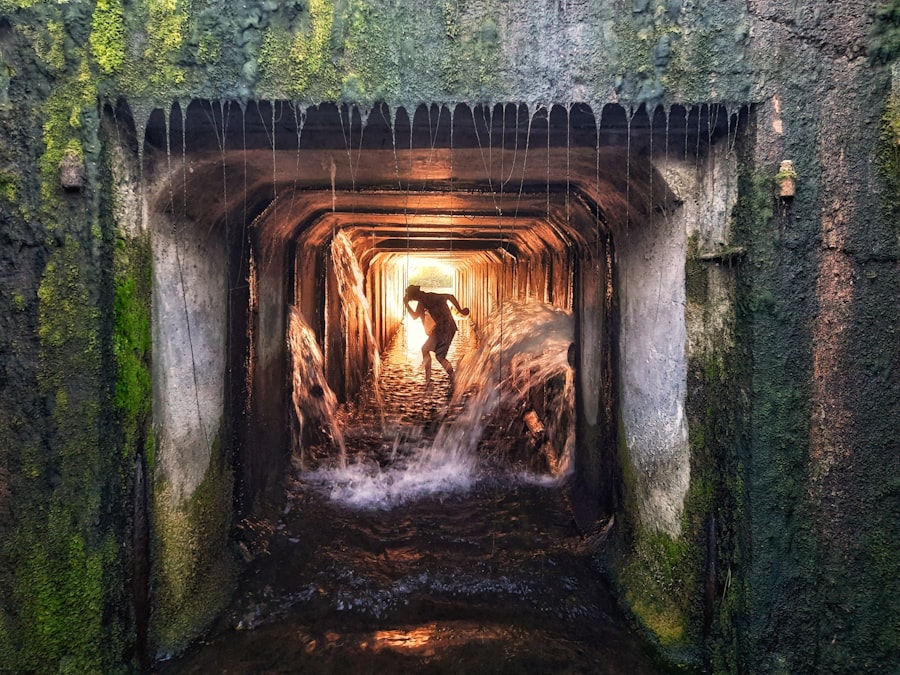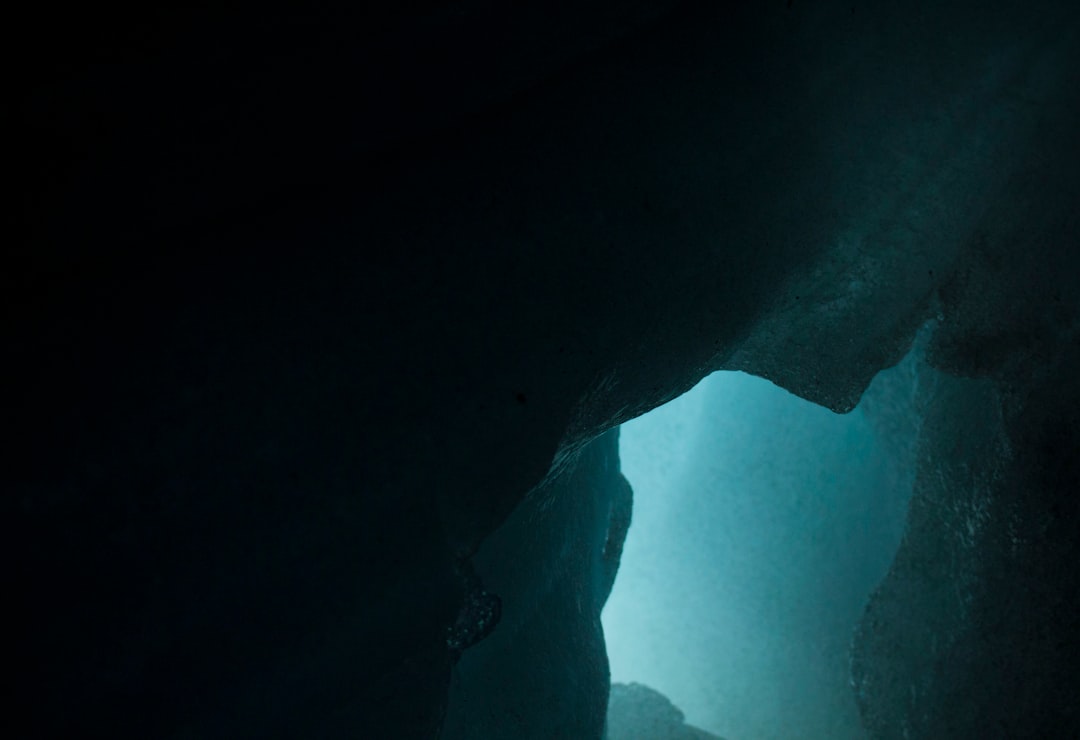The Drake Passage, a body of water situated between the southern tip of South America and Antarctica, is renowned for its tumultuous seas and unpredictable weather. Named after the English explorer Sir Francis Drake, who navigated these waters in the late 16th century, the passage serves as a critical maritime route for vessels traveling to and from the Antarctic region. Stretching approximately 800 kilometers (500 miles) wide, it connects the Atlantic and Pacific Oceans, making it a vital conduit for international shipping and scientific research expeditions.
The passage is not only significant for its geographical location but also for its unique ecological and oceanographic characteristics. Navigating the Drake Passage is often considered a rite of passage for sailors and researchers alike, as it presents both challenges and opportunities. The waters are known for their strong currents, high winds, and large swells, which can create treacherous conditions for even the most experienced mariners.
Despite these challenges, the Drake Passage remains an essential route for those seeking to explore the Antarctic region, whether for tourism, research, or commercial purposes. Understanding the complexities of this waterway is crucial for ensuring safe navigation and protecting the delicate ecosystems that thrive in its waters.
Key Takeaways
- The Drake Passage is a narrow body of water between South America’s Cape Horn and the South Shetland Islands of Antarctica, known for its challenging maritime conditions.
- The weather in the Drake Passage is characterized by strong winds, high waves, and rapidly changing conditions, making it one of the roughest seas in the world.
- Oceanographic conditions in the Drake Passage are influenced by the Antarctic Circumpolar Current, which brings cold, nutrient-rich waters from the Antarctic continent.
- The challenging conditions in the Drake Passage can impact maritime navigation, leading to longer travel times, increased fuel consumption, and potential safety risks for ships.
- Ships crossing the Drake Passage face challenges such as extreme weather, icebergs, and rough seas, requiring careful planning and experienced crew to navigate safely.
Weather and Climate in the Drake Passage
The weather in the Drake Passage is notoriously volatile, characterized by rapid changes that can occur within a matter of hours. The region experiences a maritime climate influenced by the surrounding oceans, with strong winds and frequent storms being common occurrences. The passage is particularly known for its fierce westerly winds, which can reach speeds of over 100 kilometers per hour (62 miles per hour).
These winds are often exacerbated by the unique topography of the surrounding landmasses, creating a funneling effect that intensifies their strength. Temperature variations in the Drake Passage can also be extreme, with summer temperatures averaging around 5 degrees Celsius (41 degrees Fahrenheit) and winter temperatures plummeting to below freezing. The presence of icebergs and sea ice further complicates navigation during certain times of the year.
As a result, mariners must remain vigilant and adaptable to the ever-changing weather patterns that define this challenging maritime environment. The unpredictability of the climate in the Drake Passage underscores the importance of thorough preparation and real-time weather monitoring for those who venture into its waters.
Oceanographic Conditions in the Drake Passage

The oceanographic conditions in the Drake Passage are shaped by a complex interplay of currents, tides, and water masses. One of the most significant features of this region is the Antarctic Circumpolar Current, which flows continuously around Antarctica and through the passage. This current is responsible for transporting vast amounts of water and nutrients across the Southern Ocean, playing a crucial role in global ocean circulation and climate regulation.
The interaction between this current and other oceanic systems creates a dynamic environment that influences marine life and weather patterns. In addition to the Antarctic Circumpolar Current, the Drake Passage is home to various other currents that contribute to its unique oceanographic conditions. These include the Brazil Current and the Falkland Current, which flow into the passage from the Atlantic Ocean.
The mixing of these currents results in varying temperatures and salinity levels, creating distinct ecological niches that support diverse marine species. Understanding these oceanographic conditions is essential for researchers studying climate change, marine biology, and oceanography, as they provide valuable insights into the health of our planet’s oceans.
Impact of Drake Passage Conditions on Maritime Navigation
| Drake Passage Conditions | Impact on Maritime Navigation |
|---|---|
| Strong Winds | Can cause rough seas and challenging sailing conditions |
| Icebergs | Pose a significant hazard to ships and require careful navigation |
| Currents | Strong currents can affect ship speed and course, requiring adjustments |
| Weather Patterns | Unpredictable weather can impact visibility and navigation safety |
The conditions in the Drake Passage have a profound impact on maritime navigation, presenting both risks and opportunities for vessels traversing this challenging waterway. The strong currents and unpredictable weather patterns can create hazardous situations for ships, leading to increased transit times and potential damage to vessels. Navigators must be well-versed in the intricacies of these conditions to ensure safe passage through the passage.
This often involves meticulous planning, including route selection based on real-time weather data and oceanographic forecasts. Moreover, the impact of these conditions extends beyond immediate navigation challenges; they also influence shipping routes and schedules for commercial vessels. The need to avoid severe weather or rough seas can lead to detours that increase fuel consumption and operational costs.
As such, understanding the dynamics of the Drake Passage is crucial not only for safety but also for economic efficiency in maritime operations. The ability to anticipate and adapt to changing conditions can make a significant difference in successful navigation through this formidable stretch of water.
Challenges Faced by Ships Crossing the Drake Passage
Ships crossing the Drake Passage encounter numerous challenges that test their resilience and preparedness. One of the most significant challenges is the presence of large waves and swells that can reach heights of up to 15 meters (49 feet). These towering waves can pose serious risks to vessels, particularly smaller ships or those not designed for rough seas.
Additionally, sudden squalls can arise without warning, further complicating navigation efforts. Another challenge faced by mariners is ice presence in certain seasons.
The combination of high winds, rough seas, and ice makes crossing the Drake Passage a daunting task that demands skilled seamanship and robust vessel design. Mariners must be prepared to face these challenges head-on while maintaining a keen awareness of their surroundings to ensure safe passage through this unpredictable waterway.
Safety Measures for Navigating the Drake Passage

Given the inherent dangers associated with navigating the Drake Passage, implementing effective safety measures is paramount for all vessels operating in this region. One critical aspect of safety is thorough pre-voyage planning, which includes assessing weather forecasts, sea conditions, and potential hazards along the intended route. Mariners are encouraged to utilize advanced navigational tools and technologies that provide real-time data on weather patterns and oceanographic conditions.
In addition to planning, crew training plays a vital role in ensuring safety during transit through the Drake Passage. Crew members must be well-versed in emergency procedures and equipped with knowledge about handling adverse conditions. Regular drills and training sessions can help prepare crews for potential emergencies, such as equipment failures or medical situations at sea.
By fostering a culture of safety awareness and preparedness, vessels can significantly reduce risks associated with navigating this challenging maritime environment.
Research and Monitoring of Drake Passage Conditions
Research and monitoring efforts in the Drake Passage are essential for understanding its complex environmental dynamics and ensuring safe navigation. Various scientific organizations and institutions conduct studies focused on oceanographic conditions, weather patterns, and marine ecosystems within this region. These research initiatives often involve deploying buoys equipped with sensors that collect data on temperature, salinity, currents, and other critical parameters.
The data gathered from these monitoring efforts not only aids in improving navigational safety but also contributes to broader scientific knowledge regarding climate change and its impacts on marine environments. By analyzing long-term trends in oceanographic conditions, researchers can gain insights into how changes in temperature and currents may affect marine life and global climate patterns. Collaborative efforts between scientists, mariners, and policymakers are crucial for ensuring that this vital research continues to inform safe navigation practices while also addressing environmental concerns.
Environmental Concerns in the Drake Passage
The ecological significance of the Drake Passage cannot be overstated; it serves as a critical habitat for numerous marine species, including seals, whales, and various seabirds. However, environmental concerns have arisen due to increased human activity in this region, particularly related to shipping traffic and climate change. The potential for oil spills or other pollutants poses a significant threat to fragile ecosystems that rely on clean waters for survival.
Additionally, climate change is impacting ocean temperatures and currents within the Drake Passage, leading to shifts in marine biodiversity. As species adapt or migrate in response to changing conditions, there are concerns about how these shifts may affect local fishing industries and ecosystems as a whole. Addressing these environmental concerns requires a concerted effort from governments, researchers, and industry stakeholders to implement sustainable practices that protect marine habitats while allowing for responsible maritime activities.
Economic Impacts of Drake Passage Conditions
The economic implications of navigating the Drake Passage are multifaceted, affecting various sectors ranging from shipping to tourism. For commercial shipping companies, unpredictable weather conditions can lead to increased operational costs due to longer transit times or detours necessitated by adverse sea states. These additional expenses can impact overall profitability while also influencing shipping rates across global markets.
On the other hand, tourism has seen growth in recent years as adventurers seek to explore Antarctica via cruises that traverse the Drake Passage. While this influx of tourists brings economic benefits to local communities and businesses involved in tourism services, it also raises concerns about environmental sustainability and potential impacts on wildlife habitats. Balancing economic interests with environmental stewardship remains a critical challenge as stakeholders navigate these complex dynamics within this unique maritime region.
Technological Advances in Navigating the Drake Passage
Advancements in technology have significantly improved navigation through the Drake Passage over recent years. Modern vessels are equipped with sophisticated navigational systems that utilize satellite technology to provide real-time data on weather conditions, sea states, and potential hazards along shipping routes. These innovations enhance situational awareness for mariners while enabling more efficient route planning based on current conditions.
Moreover, developments in vessel design have led to stronger ships capable of withstanding harsh conditions encountered in the passage. Enhanced hull designs and stabilization systems help mitigate rolling motions caused by large waves while improving overall safety during transit. As technology continues to evolve, it holds promise for further enhancing navigational safety while minimizing environmental impacts associated with maritime activities in this challenging region.
Future Outlook for Drake Passage Conditions
Looking ahead, the future outlook for conditions in the Drake Passage remains uncertain due to ongoing climate change impacts on global ocean systems. As temperatures rise and ice melts around Antarctica, there may be significant shifts in oceanographic patterns that could alter currents within the passage itself. These changes could have far-reaching implications not only for marine ecosystems but also for maritime navigation practices.
In response to these challenges, continued research efforts will be essential for monitoring changes within this vital waterway. Collaborative initiatives involving scientists, policymakers, industry stakeholders, and local communities will play a crucial role in developing adaptive strategies that address both environmental concerns and navigational safety needs moving forward. By fostering a proactive approach toward understanding and managing conditions within the Drake Passage, stakeholders can work together toward ensuring sustainable practices that protect both human interests and fragile marine ecosystems alike.
The Drake Passage, known for its unpredictable weather and rough seas, requires careful planning and up-to-date information. For those interested in learning more about the current conditions and how to prepare for such a voyage, a related article on the topic can be found on MyGeoQuest. This resource provides valuable insights and tips for navigating this treacherous stretch of water. For more detailed information, you can visit the article by clicking on this link.
WATCH NOW! Drake Passage: Earth’s Deadliest Waters Revealed
FAQs
What are the current weather conditions in the Drake Passage?
The current weather conditions in the Drake Passage are highly variable and can change rapidly. It is known for its strong winds, rough seas, and challenging sailing conditions.
What is the average temperature in the Drake Passage right now?
The average temperature in the Drake Passage right now is around 2-4°C (35-39°F). However, temperatures can drop significantly during storms or cold fronts.
Are there any significant storms or weather systems affecting the Drake Passage at the moment?
There may be significant storms or weather systems affecting the Drake Passage at any given time. It is important for travelers and sailors to stay updated on the latest weather forecasts and conditions.
What are the sea conditions like in the Drake Passage currently?
The sea conditions in the Drake Passage are typically rough, with large swells and high waves. It is known for its challenging sailing conditions and can be particularly rough during storms.
Are there any travel advisories or warnings for the Drake Passage right now?
Travel advisories or warnings may be in place for the Drake Passage due to its challenging sailing conditions. It is important for travelers and sailors to check with relevant authorities and experienced captains before embarking on a journey through the Drake Passage.
